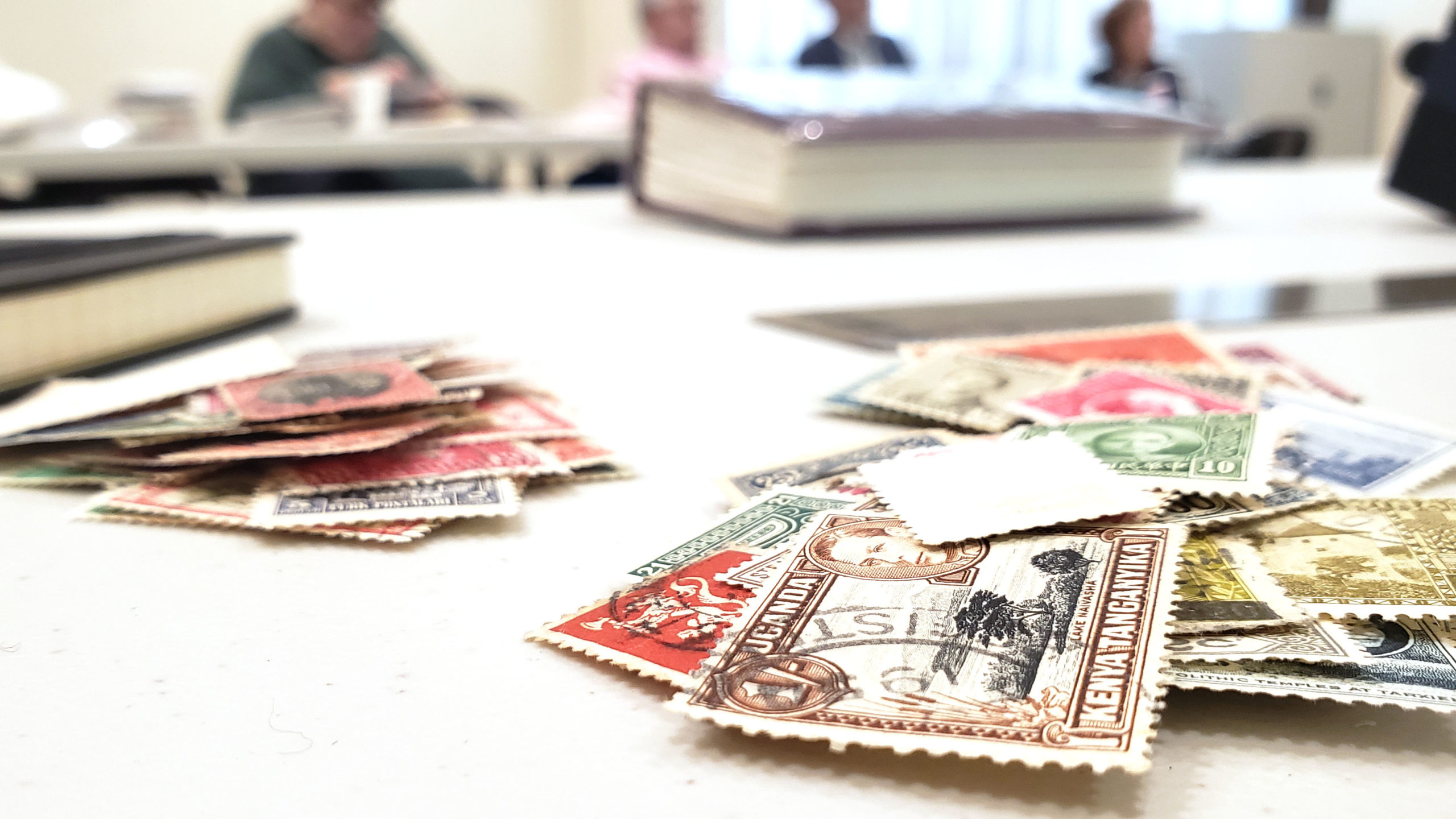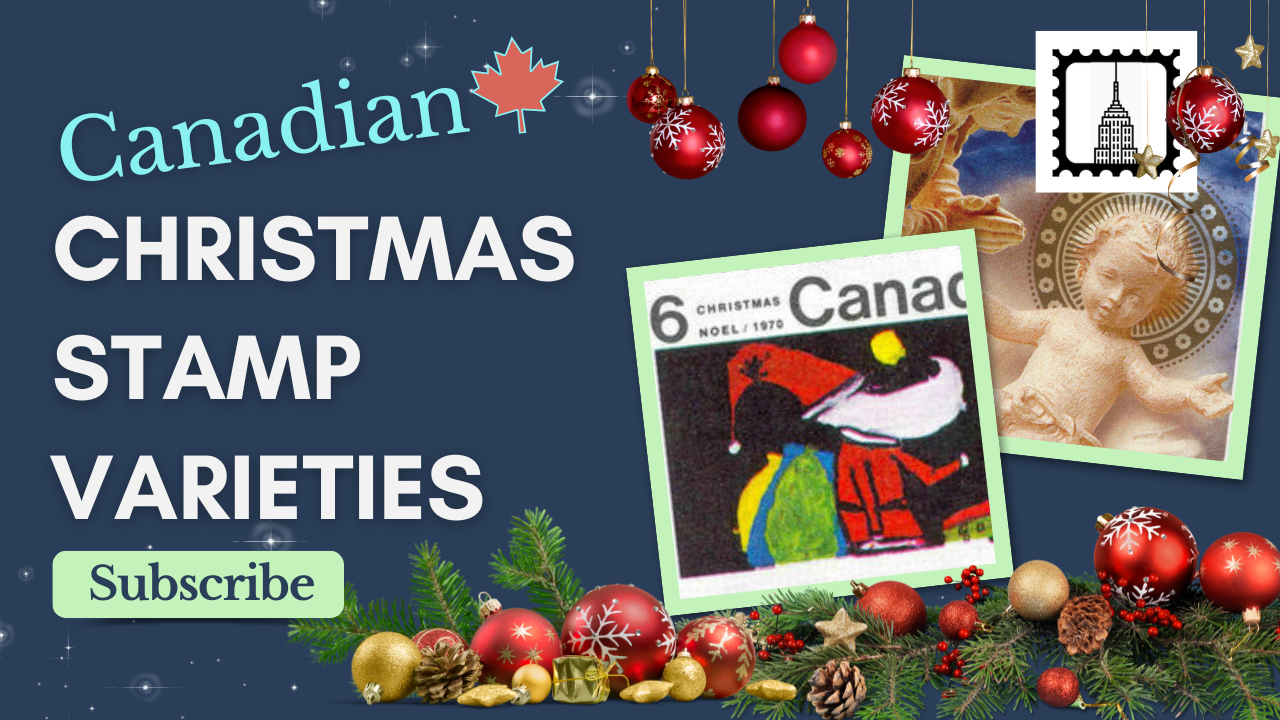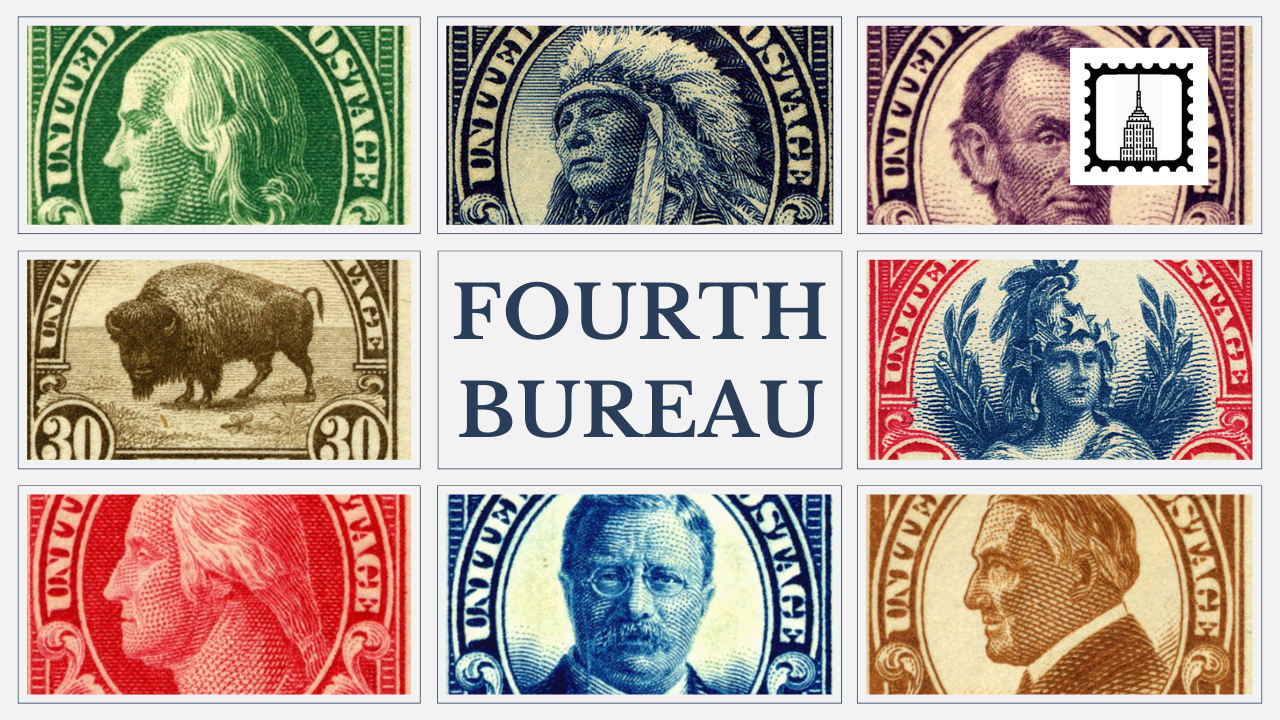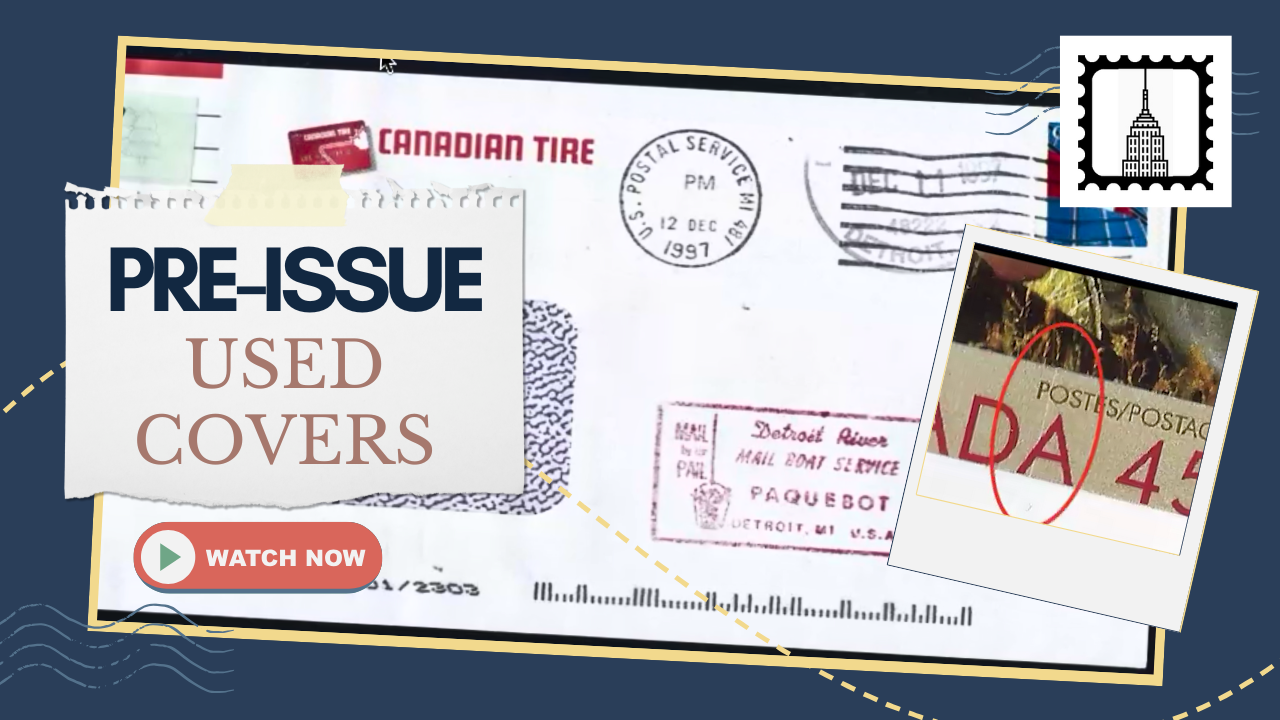Exploring Greenland Stamps: A Philatelic Adventure with Sam Vascones
Greenland, the world’s largest island, holds a unique place not only geographically but also in the world of philately. Sam Vascones’ presentation takes us through the fascinating history of Greenland’s stamps, showcasing their rich connection to the island’s past and its intriguing global ties. This blog post will guide you through the highlights of Sam’s presentation, touching on significant historical events, figures, and the stamps that tell their stories.
Introduction to Greenland and its Philatelic Journey
Sam begins his presentation by introducing Greenland, an autonomous territory of Denmark located between the Arctic and North Atlantic oceans. Known for its vast icy landscapes, Greenland has a history shaped by exploration and resilience. Sam explains that Greenland’s first stamp issue in 1938 marked the beginning of its philatelic story, reflecting both its ties to Denmark and the distinct culture of the island.
The Viking Influence: Eric the Red and Leif Erikson
One of the most fascinating aspects of Greenland’s history involves its early Viking settlers. Around 982 A.D., the notorious Viking explorer Eric the Red, exiled from Iceland, sailed west and discovered Greenland. Eric named the island “Greenland” to attract settlers, a clever bit of Viking marketing. Later, his son, Leif Erikson, became a chief in the settlement and explored further into North America. While these Viking adventures are not directly depicted on the stamps, they provide important context for Greenland’s rich historical tapestry.
The First Greenland Stamps: 1938 Danish Colony Issue
Greenland’s first stamps were issued in 1938 when it was still a Danish colony. Sam showcases the nine-stamp set, which featured King Christian X of Denmark alongside classic images of icebergs and the island’s wildlife. Polar bears, a recurring symbol of Greenland, appeared on the higher-denomination stamps, representing the Arctic’s untamed nature.
Sam points out unique features like the use of the abbreviation “KGH” (Kongelig Grønlandske Handel, meaning Royal Greenland Trading Department) on the stamps, and explains the currency at the time, where 100 øre equaled one Danish krone. These early stamps serve as a testament to Greenland’s connection to the Danish crown, with simple yet iconic designs.
WWII and the American Banknote Company’s Role
World War II dramatically impacted Greenland’s stamp production. As Denmark fell under Nazi occupation, communication between Greenland and its colonial power was cut off. Greenland was left with dwindling supplies, including postage stamps. Sam recounts how, in an unexpected twist, Greenlandic officials turned to the American Banknote Company in New York City to print new stamps.
In 1945, the company produced a series of nine stamps featuring traditional Greenlandic themes, including seals, sleds, and the polar bear, this time with vibrant colors. These stamps, known as the “American Issue,” represent a fascinating moment where global conflict led to a rare U.S. involvement in Greenlandic philately.
Post-War Overprints: Celebrating Danish Liberation
After Denmark’s liberation from Nazi control, Greenland issued a set of stamps with an overprint marking the event. These stamps, originally from the American Issue, were overprinted with messages such as “Denmark is Free,” celebrating the end of the occupation. Sam highlights the slight discrepancy in the liberation dates on these stamps (May 4th vs. May 5th), a curious detail that adds to their historical intrigue.
Varieties and Controversies: The Overprint Debate
Sam’s presentation also delves into the mysteries surrounding certain overprint varieties. For six of the stamps, collectors have discovered variations where blue overprints were replaced with red, and vice versa. These anomalies sparked debate in the philatelic community—some argue they were intentional, while others consider them errors or even frauds. Yet, as Sam points out, these stamps are cataloged as genuine and command a higher value in the market.
Cultural Reflections: Greenland’s Traditions and Missionary Influence
Beyond the historical and royal themes, Greenland’s stamps also showcase its unique culture. Sam brings attention to stamps depicting local traditions, such as drumming and kayaking, as well as figures like Samuel Kleinschmidt, a missionary who made significant contributions to the Greenlandic language. His work translating the Bible and creating the first Greenlandic grammar is immortalized in stamps celebrating his legacy.
Modern Greenland Stamps: Large Mammals and Artifacts
As Sam moves through his collection, he reaches stamps that focus on Greenland’s wildlife and cultural heritage. He highlights a series featuring large mammals like whales and walruses, along with stamps commemorating local activities and traditional artifacts. These stamps reflect a modern Greenland, preserving its natural wonders and cultural identity while maintaining ties to its history.
Collecting Greenland Stamps: What to Look For
For collectors, Sam’s presentation offers invaluable insights into what to look for when building a Greenland stamp collection. From the early Danish colony issues to the American-printed wartime stamps and post-war overprints, each piece of Greenland’s philatelic history tells a part of the island’s story. Some key things to consider:
- 1938 Danish Colony Issue: The first stamps with King Christian X and iconic polar bear images.
- American Issue of 1945: Colorful stamps printed in the U.S. during WWII, featuring Arctic wildlife and traditional Greenlandic elements.
- Post-War Overprints: Stamps overprinted with messages celebrating Denmark’s liberation, with rare varieties that can fetch higher prices.
- Cultural and Wildlife Stamps: Modern stamps showcasing Greenland’s rich natural environment and cultural traditions.
Conclusion: A Rich and Diverse Philatelic World
Greenland’s stamps offer a unique window into its history, culture, and global connections. Whether you are fascinated by the Viking settlers, the wartime challenges, or the stunning Arctic wildlife, collecting Greenland stamps provides an opportunity to explore a story shaped by resilience and exploration. After watching Sam Vascones’ presentation, you’ll have a clear understanding of the stamps that are essential for completing your Greenland collection, making it a rewarding endeavor for any philatelist.






